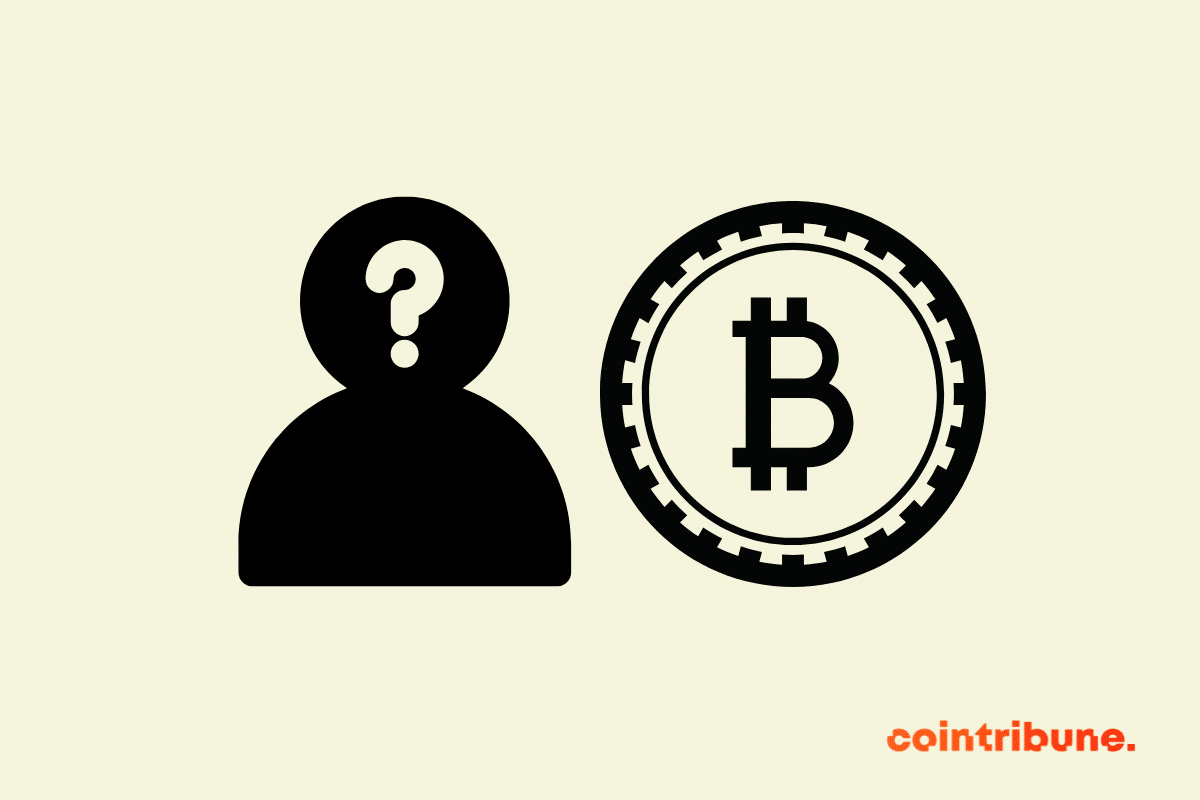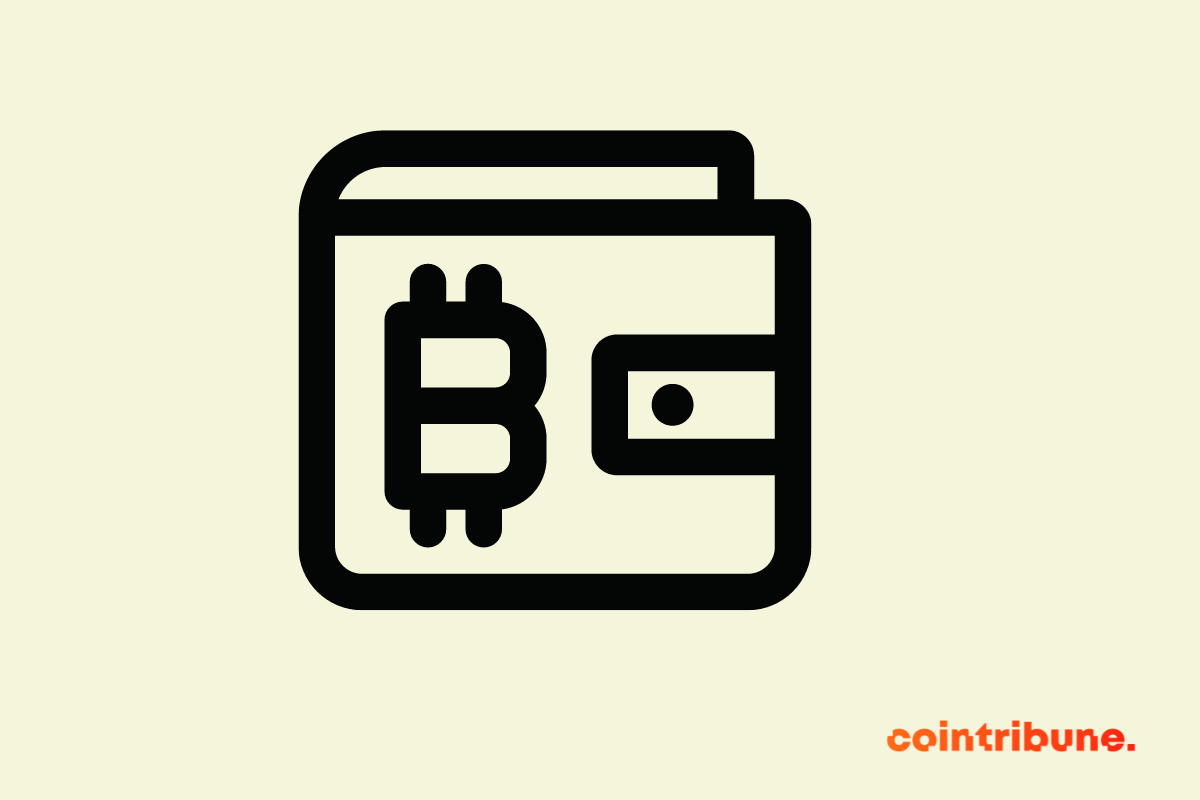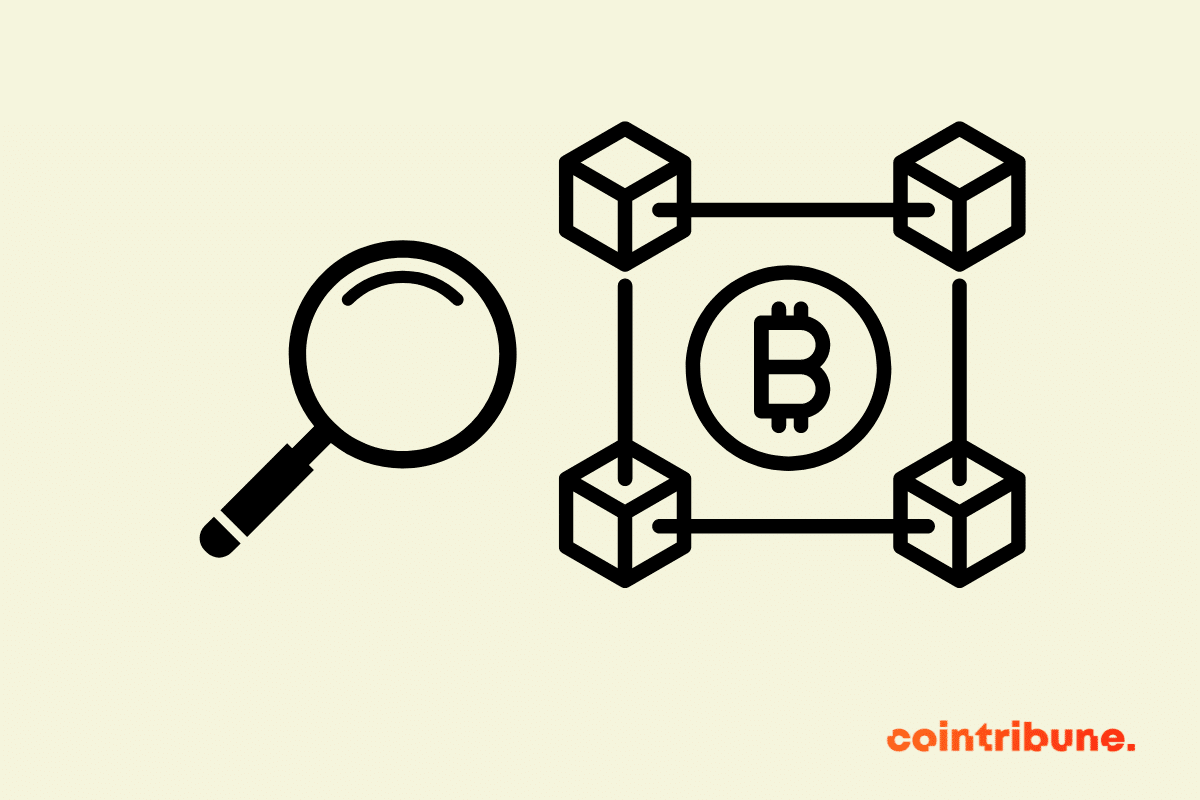In the world of crypto, the name Satoshi Nakamoto remains a source of intrigue. No one knows who is behind this pseudonym, but his legacy continues to fuel theories, fantasies, and passionate debates. This article revisits the birth of bitcoin, the mysterious disappearance of its creator, and the technological and ideological footprint he has left on the entire crypto world. You will also discover the most credible profiles behind the name Satoshi Nakamoto, the extent of his fortune in bitcoins, and how his anonymity has strengthened the spirit of decentralization at the heart of the Bitcoin network.
Bitcoin
How to know how much you can earn from BTC mining? Discover the answer in this comprehensive guide to bitcoin mining. Before knowing how much bitcoin mining can yield, one must first understand how this activity works.
Are you interested in bitcoin (BTC) mining but don't know how to get started? Mining can be an effective way to earn cryptocurrency income, provided you have the right hardware. GPUs, or graphics cards, are powerful processors designed to quickly handle complex calculations. Faster than CPUs, they can extract larger amounts of bitcoins. By the end of this article, you will have all the knowledge you need to start mining bitcoins with your graphics card!
Mining involves using powerful computers to solve complex problems and validate transactions on the blockchain. Among the equipment used to mine Bitcoin, ASICs are certainly the most widespread in the industry. Discover everything you need to know to get started with ASIC mining!
Are you interested in mining Bitcoin (BTC) and hesitating to start with a processor (CPU)? Know that it is entirely possible to mine Bitcoin using the processing power of your computer. In fact, it is an easy way to get started in cryptocurrency mining, as you do not need expensive hardware or special knowledge. In this article, we will guide you through your first steps in CPU mining.
Have you ever heard of FPGA? It is a type of hardware used for mining cryptocurrency, whose popularity continues to grow. This article covers all the necessary steps to mine Bitcoin (BTC) with this device. But before diving into the heart of the matter, let’s start by defining the concept and what the advantages and disadvantages of this practice are.
Are you looking for the best software to mine Bitcoin (BTC)? If so, you're in luck! In this article, we will give you an overview of some of the most popular software for Bitcoin mining. We will explain the different features of each solution and discuss the advantages and disadvantages to help you decide which one is best suited to your needs.
The Stratum mining protocol is an essential component of the Bitcoin (BTC) network. It allows mining software to connect efficiently and securely to the blockchain, optimizing the mining process. Developed in 2012, Stratum has since become the most popular protocol used for mining bitcoins. In this post, we will explore the definition of this technology and the reasons why it is so important for Satoshi Nakamoto's network.
Bitcoin is a popular cryptocurrency that facilitates secure and decentralized exchanges. Each transfer of bitcoins from one user to another is a mathematically verified operation to ensure the reliability of exchanges. Let's see how these calculations take place in the network and how they contribute to the bitcoin mining process.
The hash rate or hashing rate in French is a measure that indicates the mining power of a computer per second. It is closely monitored by blockchain professionals because it allows for measuring the speed of Bitcoin mining. In summary, it is a data point used to evaluate the number of crypto-assets that can be mined with a given hardware. How is this rate measured? How does it vary? And what is its importance for miners and investors?
Bitcoin mining is the process by which new units of bitcoins (BTC) are created. It is an effective method if you want to acquire Bitcoin. But before you dive into this activity, you may be wondering how long it takes to generate BTC. In this article, we will explore this question in depth. You will discover, among other things, how difficulty, hash rate, and other parameters influence this metric.
Bitcoin is a digital currency that has quickly gained popularity in recent years. One of the key components of Bitcoin is the hash value, which is a unique identifier associated with each transaction and each Bitcoin block. In this article, we will explore what a hash value is and why it is so important for the Bitcoin blockchain.
The hashprice is a very important metric for crypto miners. It is particularly useful when it comes to determining the profitability of their operations. Therefore, if you are interested in Bitcoin (BTC) mining, or if you are simply a cryptocurrency enthusiast, you will probably want to learn more about it. This article explains in detail what hash price is and why it is so relevant in the crypto industry.
Initially, Bitcoin (BTC) mining was an activity practiced exclusively by a handful of insiders. However, over time, more and more people began to engage in it. As the phenomenon grew, mining farms started to emerge. In this article, we will explore what these platforms are, how they operate, and why they are interesting. We will also look at how they are powered, whether they are profitable, and what their future holds.
Building a crypto mining farm is an attractive solution for investors interested in cryptocurrencies. However, it requires a significant commitment in terms of time and money. Therefore, you must fully understand all the nuances surrounding this topic before diving in. In this article, we will review the essential elements for setting up a dedicated bitcoin mining farm. Next, we will show you how to maintain it to get the best return in the long term. Finally, we will discuss the best locations to start such a project as well as the costs associated with this type of installation.
Bitcoin mining is an activity that can be very lucrative when conducted properly. It requires basic knowledge, as well as mastery of certain skills. But above all, it necessitates the use of adequate resources. This implies a significant financial investment if you want to maximize your chances of profit. However, this is far from being accessible to everyone. Fortunately, there are ways to obtain BTC without spending money. In this article, we will review these different methods.
Bitcoin is the first successful attempt at a decentralized digital currency. Created in 2009 by Satoshi Nakamoto, this cryptocurrency has experienced explosive popularity, reaching over 1 trillion dollars in market capitalization. When you try to acquire bitcoin (BTC), there are two main options available to you: purchasing on exchanges and mining. The latter is subject to a phenomenon called halving, which halves the reward per block every four years. This leads many investors to question the profitability of bitcoin mining. In this article, we aim to provide a clear and transparent answer to this question.
If you cannot afford to invest in mining equipment or if you want to mine bitcoin for free, then you are in the right place. In this article, we present five websites you can use to mine satoshis without spending any money. Before you start, we must warn you about the illegal practices you may expose yourself to in this desire for free services. Indeed, the majority of platforms that will offer you to mine crypto without compensation are actually scams. Therefore, be cautious.
The halving is a periodic event that occurs every four years on the Bitcoin blockchain. It involves halving the rewards given to Bitcoin miners, who are responsible for mining bitcoins. The halving is a highly anticipated event in the crypto universe, but what does it exactly consist of? What is its significance? And when will the next halving take place?
After ten years of waiting, miners are regaining power thanks to the Stratum V2 update.
The mining of bitcoins (BTC) is the process that allows new units of BTC to be generated. It consists of solving complex mathematical problems using powerful computers to add blocks to the blockchain. Miners who manage to find the solution first are rewarded in BTC. This allows them to make a profit on their investment, making mining an interesting opportunity. If you want to start mining bitcoins, you need to have specialized equipment. Discover in this article what materials you need to effectively start this activity.
The growing use of cryptocurrencies like Bitcoin raises a major concern: privacy. Indeed, contrary to a common belief, Bitcoin does not offer complete anonymity. In the face of this challenge, Bitcoin security advice [Insert link to Main Page Bitcoin Security Tips] becomes essential for users looking to optimize the anonymity of their transactions while complying with existing laws and regulations. In this context, how can one find the right balance between anonymity and regulatory compliance in the world of cryptocurrencies?
Many people are tempted to enter the world of cryptocurrencies by investing in Bitcoin. However, they often become hesitant when they learn that there are many risks associated with this investment, particularly the high volatility of the currency's price. In this guide, we will focus on the specific challenges inherent in investing in Bitcoin (BTC). We will analyze the factors that influence and effective strategies to reduce risks while optimizing your potential gains. Additionally, we will provide you with some Bitcoin security tips to confidently invest in this captivating world of crypto.
Backing up your crypto wallet is essential, as it contains crucial information such as your private key and public key. These two elements are indispensable for accessing your bitcoins, and their compromise by hackers would result in the loss of your assets. Given that the private key is a long random string of numbers, it is practically impossible to memorize it. Therefore, you need to adopt original and reliable methods to keep your Bitcoin wallet safe. In this article, we will explore various methods to effectively back up your Bitcoin wallet while ensuring its inviolability. With the growing popularity of cryptocurrencies in recent years, the protection and backup of your crypto wallet have become essential aspects. We will also provide you with relevant Bitcoin security tips to enhance the protection of your digital assets.
In the current context marked by a significant increase in cyberattacks and fraud, the integrity of digital assets has become an undeniable priority. In response to this concern, Bitcoin security auditing emerges as a solid and effective tool. This article aims to delve into the heart of this approach, specific to the first blockchain created, in order to understand its importance and the process of its implementation, while incorporating relevant Bitcoin security tips.
Bitcoin is a digital currency whose emergence has shaken up the world of finance. However, it does not have universal appeal. Its extreme volatility and the fact that it is outside the control of traditional financial institutions put it under scrutiny from some governments. Furthermore, the digital nature of Bitcoin makes it more susceptible to cyberattacks. For investors looking to bypass restrictions and conduct their transactions securely, the use of robust protective measures like a VPN is essential. In this guide focused on Bitcoin Security Tips [Insert Mother Page Bitcoin Security Tips link], we discuss the benefits of using a VPN for cryptocurrency transactions and provide guidelines for choosing the VPN that best suits your specific needs. We will cover the key features to consider and present our selection of the top five VPNs for Bitcoin.
Ponzi schemes have long been associated with fraudulent investments. With the advent of cryptocurrencies such as Bitcoin (BTC), new forms of this classic scam have emerged. This article will help you master the basics of this type of Bitcoin scam, recognize the warning signals to watch for to detect them, and know how to protect yourself.
Whether you are a beginner in the crypto world or not, you must know and master all aspects of Bitcoin security, as cybercrime is a growing threat in this field. The protection of your digital assets is entirely your responsibility, as even the most secure crypto platforms and exchanges can be hacked. In this article, we will explore in depth the security surrounding Bitcoin. We will cover the basics of crypto security, the different types of wallets available, the protection of private keys, and the potential threats you need to be aware of.
In a context where hacking and cryptocurrency theft are unfortunately becoming common, Bitcoin security, which involves protecting your digital assets against various online threats, is a major concern. Therefore, understanding how Bitcoin wallets function is crucial. Indeed, these tools, designed to store, secure, and manage your cryptocurrencies, are at the heart of transactions in web3, and their wise use is essential for anyone looking to navigate this exciting yet complex universe with peace of mind. Through our comprehensive guide dedicated to these indispensable instruments, we aim to demystify Bitcoin wallets, explain their subtleties, and guide you step by step in their handling.
The security of cryptocurrencies is a major issue for all investors and players in the crypto industry. Indeed, in a context where cryptocurrency scams are becoming more common, learning to keep your bitcoins safe is essential. In this guide, we will present you with the 10 best tips to ensure the security of your bitcoins and other cryptocurrencies. Follow these steps to minimize risks and protect your valuable digital assets.





























